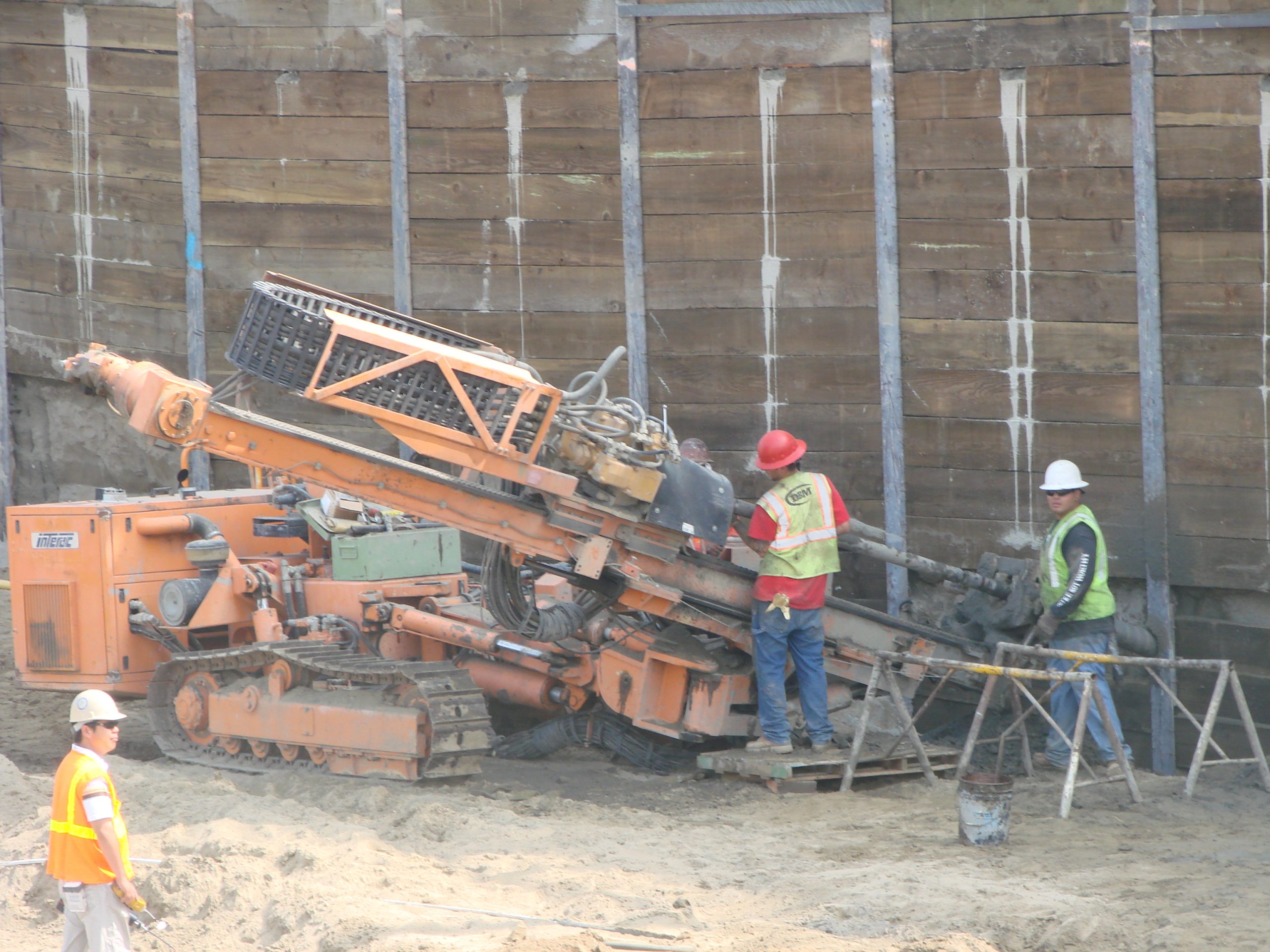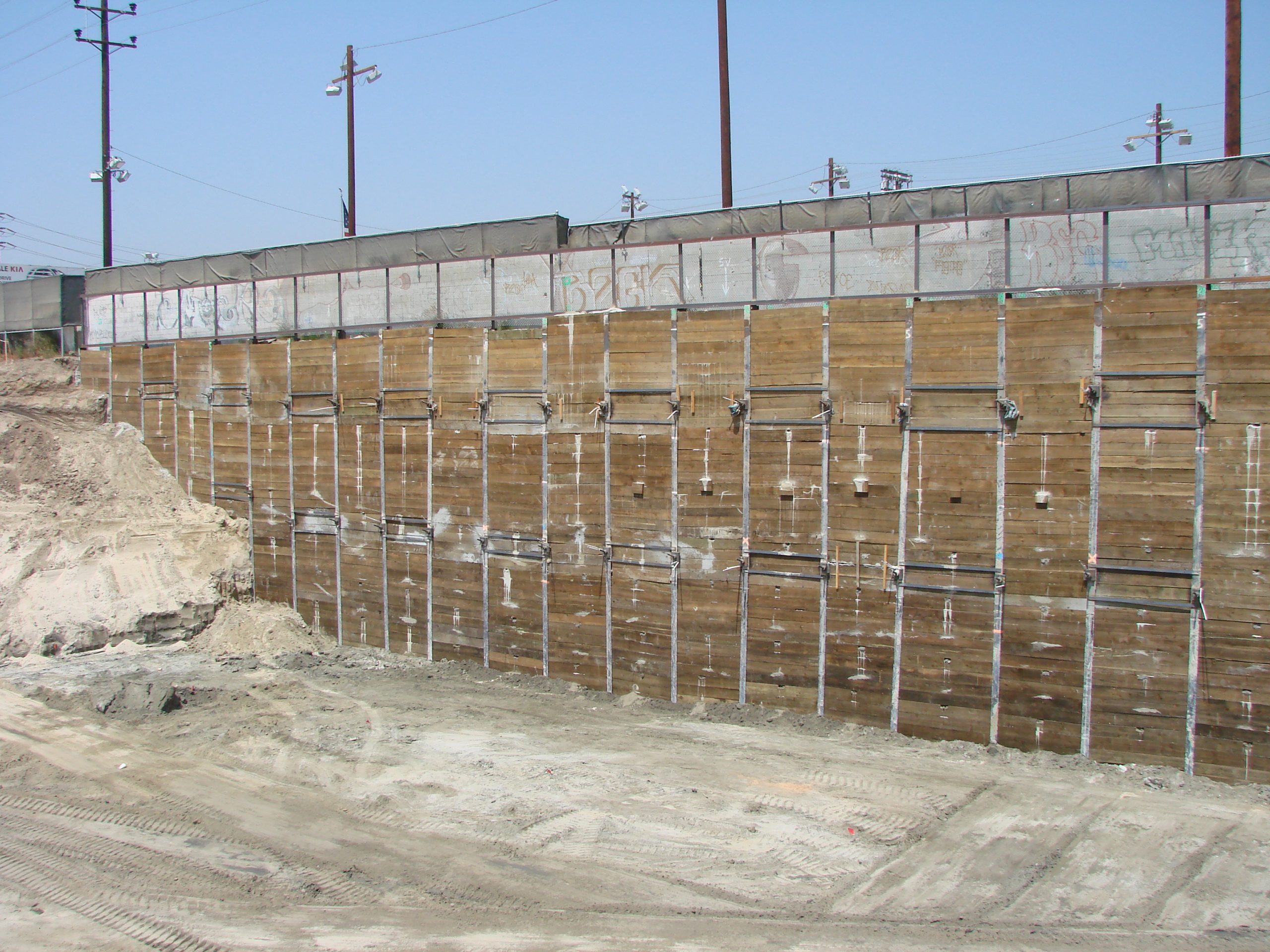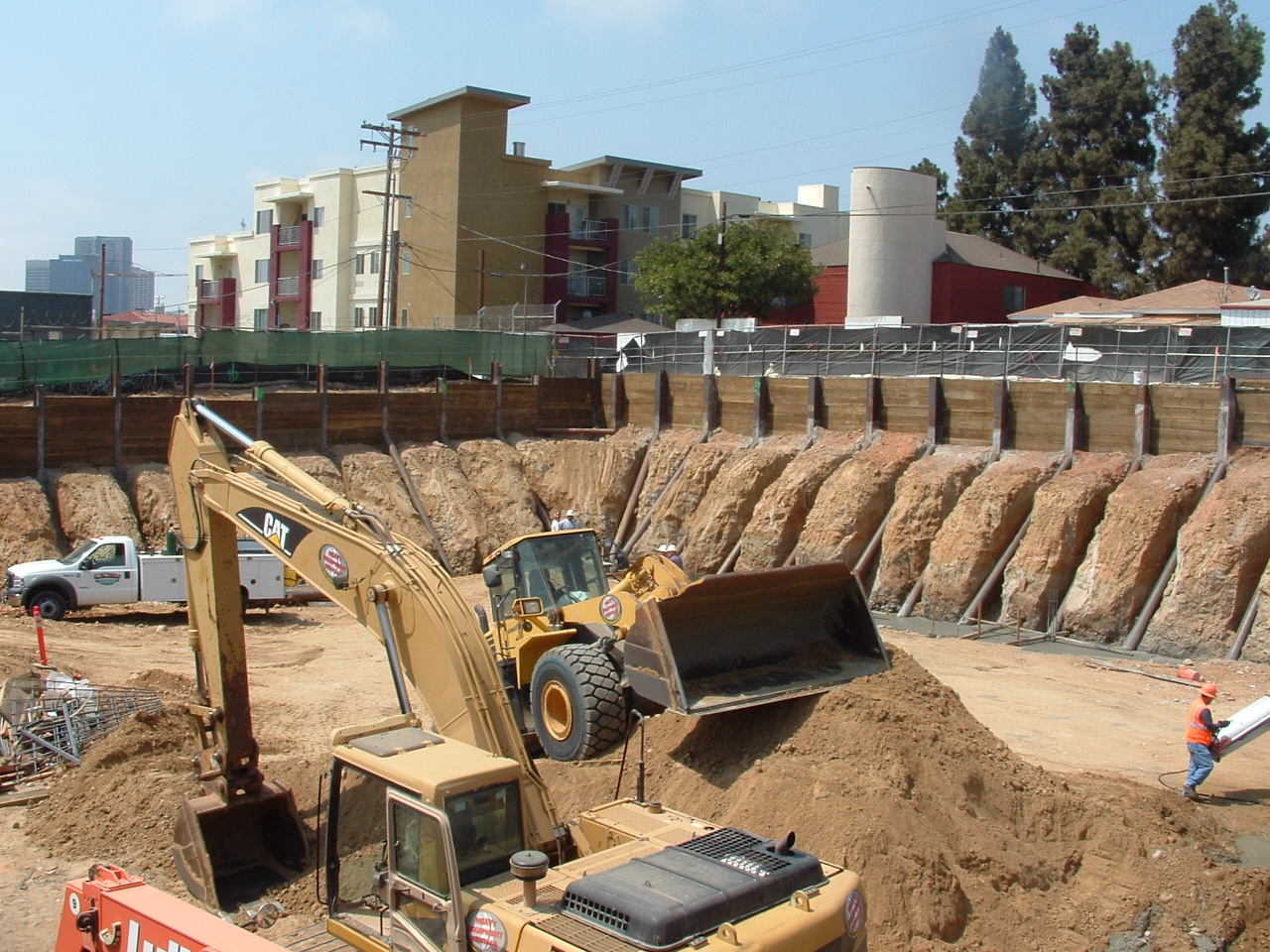


Cast In Drilled Hole foundations, also known as caissons, drilled shafts, drilled piers, CIDH piles, or Cast-in-Situ piles, are a widely used deep foundation solution in construction. This method provides strong, durable support for heavy structures and is especially effective when projects require large diameter piles that can be installed through challenging ground conditions.
What Are Cast In Drilled Hole Piles?
CIDH piles are constructed by using rotary boring techniques to create a cylindrical hole in the ground. Once the borehole is completed, it is reinforced with steel and filled with concrete, forming a high-capacity foundation element. Unlike driven piles, CIDH piles minimize noise and vibration, making them an excellent choice for projects in urban or sensitive environments.
Advantages of CIDH Piles
- Large Diameter Capacity – Capable of handling heavier loads than most other piling methods.
- Adaptable to Ground Conditions – Can be installed through dense soil, hard rock, or water-logged strata.
- Reduced Vibration and Noise – Ideal for construction near existing buildings or sensitive areas.
- Design Flexibility – Allows for variable pile lengths and diameters based on project requirements.
Construction Methods
The choice of construction method depends largely on the site geology:
- Dry Boring – Used when ground conditions are stable and dry, allowing clean drilling without additional support.
- Wet Boring – Utilized in water-logged or unstable soil conditions. Drilling fluids or casings are used to stabilize the borehole until it is filled with reinforced concrete.
Applications
Cast In Drilled Holes are commonly used for:
- Bridges and highway structures
- High-rise buildings
- Industrial facilities
- Marine and waterfront structures
- Retaining walls and shoring systems
Quotes

Fast, Competitive,
Tailored to You.
